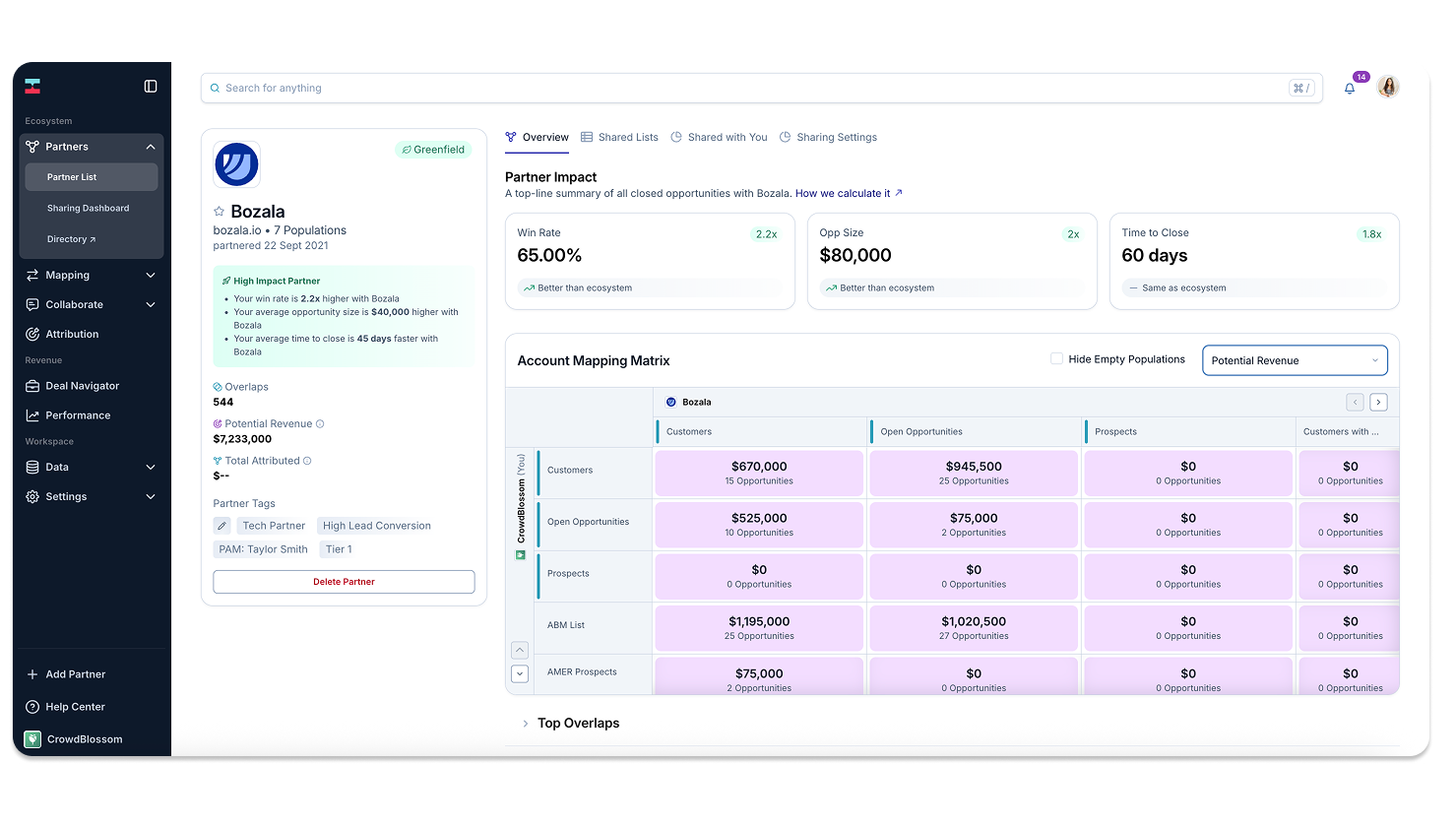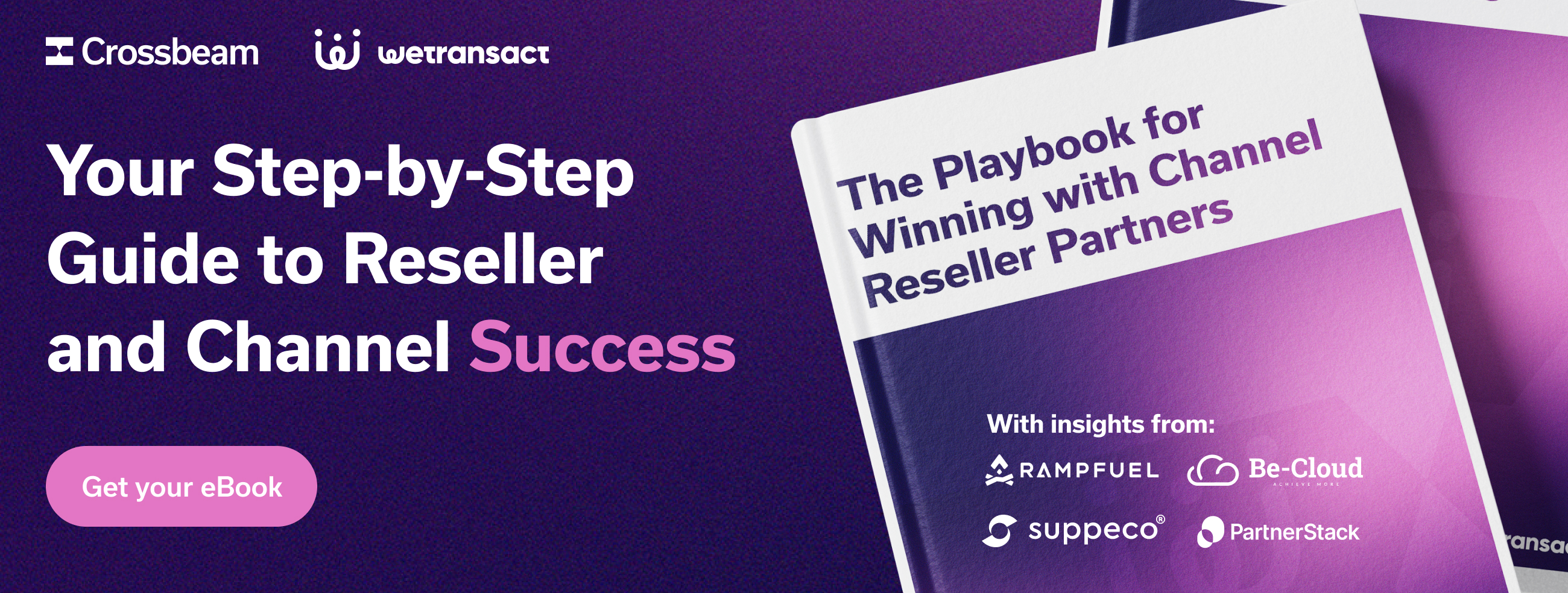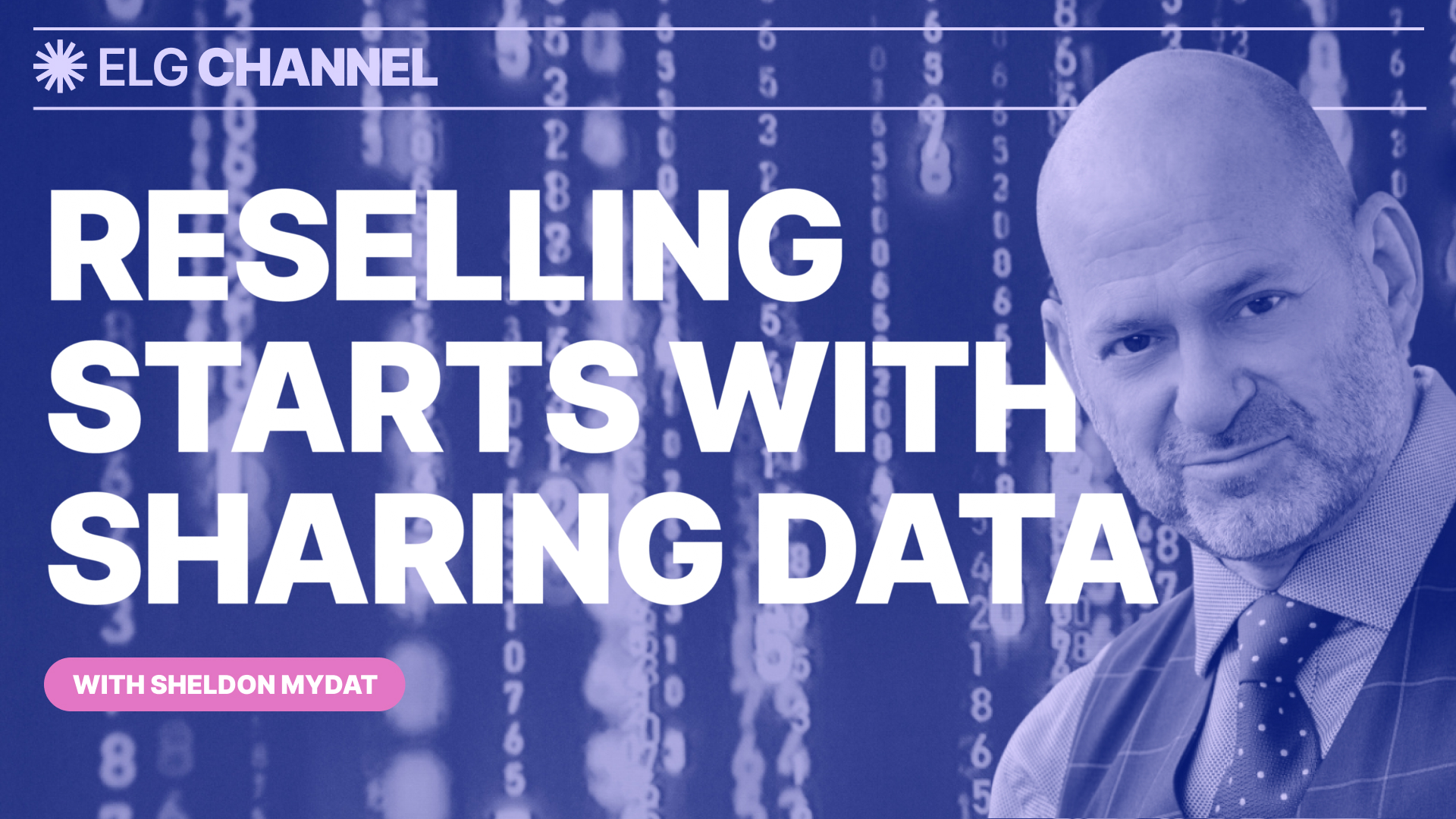Ready to launch your reseller partner program but struggling to get your leadership on board? Read on to get the 4 tactical steps for securing buy in from your C-suite.

Before you can launch a successful channel reseller program, you need one crucial thing: buy-in.
This is not just a polite nod from your leadership team, but true commitment from your C-suite, your sales leaders, and your key internal stakeholders. It can sound intimidating, but don’t worry, we’ll walk you through it.
Getting buy-in is more than just pitching a good idea; it’s about presenting a solid business case that proves why investing time, resources, and trust into a reseller channel is the right move now. You’ll learn from Jared Smith, former Senior Director of Vendor Strategy and Acquisition at Pax8 and current Co-Founder at RampFuel, how to frame the opportunity in a way that resonates with executives and creates real momentum.
Let’s begin.
Building your business case: The MVP of partnerships
A well-executed reseller program can transform your market reach, accelerate growth, and reduce CAC. But the biggest advantage? Access to a network you wouldn’t be able to reach otherwise.
For example, Software Vendors (SVs) that join Pax8’s reseller ecosystem gain exposure to hundreds of thousands of SMB customers, significantly reducing sales and marketing costs while increasing distribution efficiency.
However, before launching a reseller program, you need to sell the vision internally, especially if leadership or other departments are unfamiliar with the economics and strategic value of reseller partnerships.
Jared has honed the art of partner selection and business case development. With over 40k partners in Pax8’s ecosystem and 500 to 600 new ones joining monthly, Jared’s insights will help you cut through the noise and build reseller partnerships that actually move the needle.
[Highlight as quote format: Thanks to Pax8’s network of resellers, the appropriate vetting process, and the use of ecosystem data to deploy a strategic vetting and go-to-market strategy, the SVs that belong to the Pax8 ecosystem reduced their sales cycle from six months to six weeks — an almost 75% decrease.]
Demonstrating ROI to gain internal buy-in
If you’re pitching a reseller program to executives or stakeholders, here’s what Jared advises you to focus on to drive decision-making:
1. Customer Acquisition Cost (CAC) reduction
Acquiring customers through direct sales and marketing is expensive. According to HubSpot, B2B companies spend an average of $536 to acquire a new customer, and, more broadly, SaaS companies often spend $239 per customer.
How a reseller program helps:
- Shifts CAC burden to partners who already have established customer relationships
- Leverages existing trust and networks, shortening sales cycles, just like Pax8 SVs, who went from a six months sales cycle to six weeks.
- Reduces marketing spend — resellers drive awareness at a lower cost
For example, when Brad Coffey was the Chief of Strategy Office at HubSpot, they had a LTV:CAC ratio of five selling through the channel, versus a LTV:CAC ratio of 1.5 selling direct.
2. Revenue expansion opportunities
Reseller partnerships create new revenue streams while expanding into untapped markets.
How a reseller program helps:
- Co-selling and referrals: Resellers can sell complementary products, creating bundled solutions.
- Faster market penetration: Local or vertical-focused resellers can unlock new geographies or industries.
- Cross-sell and upsell potential: Use Crossbeam to identify and quantify potential overlapping customers and new revenue opportunities.

Distributors and resellers typically drive 70% or more of a tech vendor’s revenue. Additionally, Canalys predicts that by next year, 30% of cloud marketplace sales will flow through channel partners. They’ve since updated that estimate to 50% by 2027.
Example: If 15% of a reseller’s existing customers are also a great fit for your product, you now have a direct pipeline to warm leads.
3. Ease of doing business
Resellers won’t push your product if the pricing model, training, or onboarding is too complex. Here’s how a reseller program helps:
- Simplifies procurement: Partners prefer products that fit into existing billing models.
- Shortens training and onboarding: A frictionless start means faster sales.
- Supports partner success: Providing co-marketing funds, MDFs (Market Development Funds), and easy-to-access deal registration increases reseller engagement.
Resellers favor SVs that offer transparent margins, deal protection, and low-friction enablement.
4. Competitive parity and industry benchmarking
Stakeholders will ask: “Are our competitors doing this?”
If competitors already have reseller programs, you risk losing mindshare by not participating. If they don’t, you can gain an early-mover advantage and dominate reseller ecosystems. Over 70% of B2B technology sales now involve indirect channels, according to Forrester Research.
Who should be in the room?
The right audience for your pitch depends on your company’s size and decision-making structure:
- Startups: The CEO, Founder, or Head of Growth will likely have the final say.
- Mid-sized companies: The VP of Strategic Partnerships, Alliances, or Sales will be the primary stakeholder.
- Enterprises: Gaining buy-in from the Chief Revenue Officer (CRO), Channel Chief, Chief Partnership Officer (CPO) or Partnerships Lead is essential.
Each role has different priorities when evaluating a reseller program:
- Executives (CEO, CRO): Focus on the revenue impact, strategic alignment, and scalability.
- Sales leadership: Concerned about potential channel conflict and how the partnership will affect existing sales teams.
- Marketing teams: Need clarity on co-marketing efforts, branding consistency, and lead attribution.
- Finance teams: Require proof of return on investment (ROI), cost structure, and profitability projections.
Set the foundation before you scale
Building a reseller program doesn’t start with recruiting partners, it starts in your own boardroom. Without internal buy-in, even the best reseller strategy will stall. But when leadership understands the potential for CAC reduction, accelerated sales cycles, and untapped revenue, they won’t just approve the plan, they’ll champion it.
Pitching your business case might be complicated, but once you’ve done that, you’re no longer pitching an idea. You’re leading a movement.
Want to build a reseller motion?
Download our free ebook, The Playbook for Winning with Channel Reseller Partners, to get step-by-step guidance, real-world case studies, and templates for building a high-impact reseller program from the ground up.






.jpg)





.jpg)




.png)






.jpg)





.jpg)

.webp)


















.webp)










































